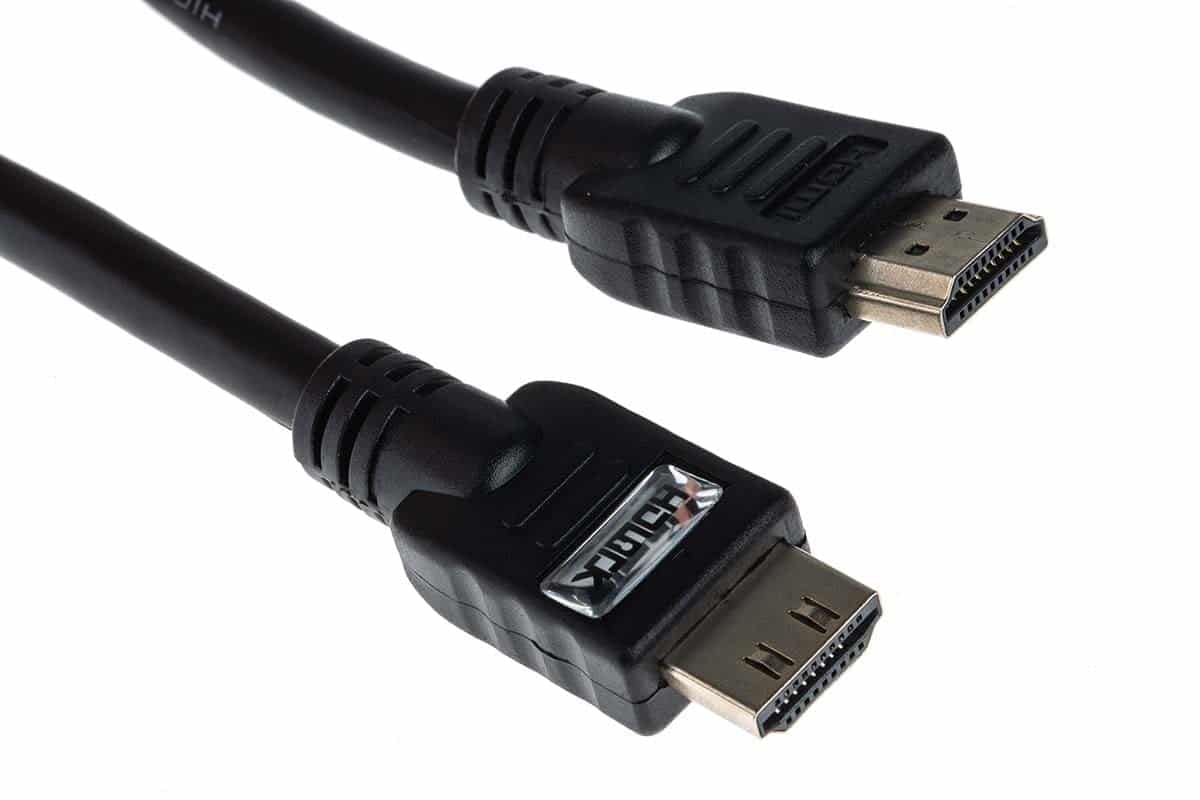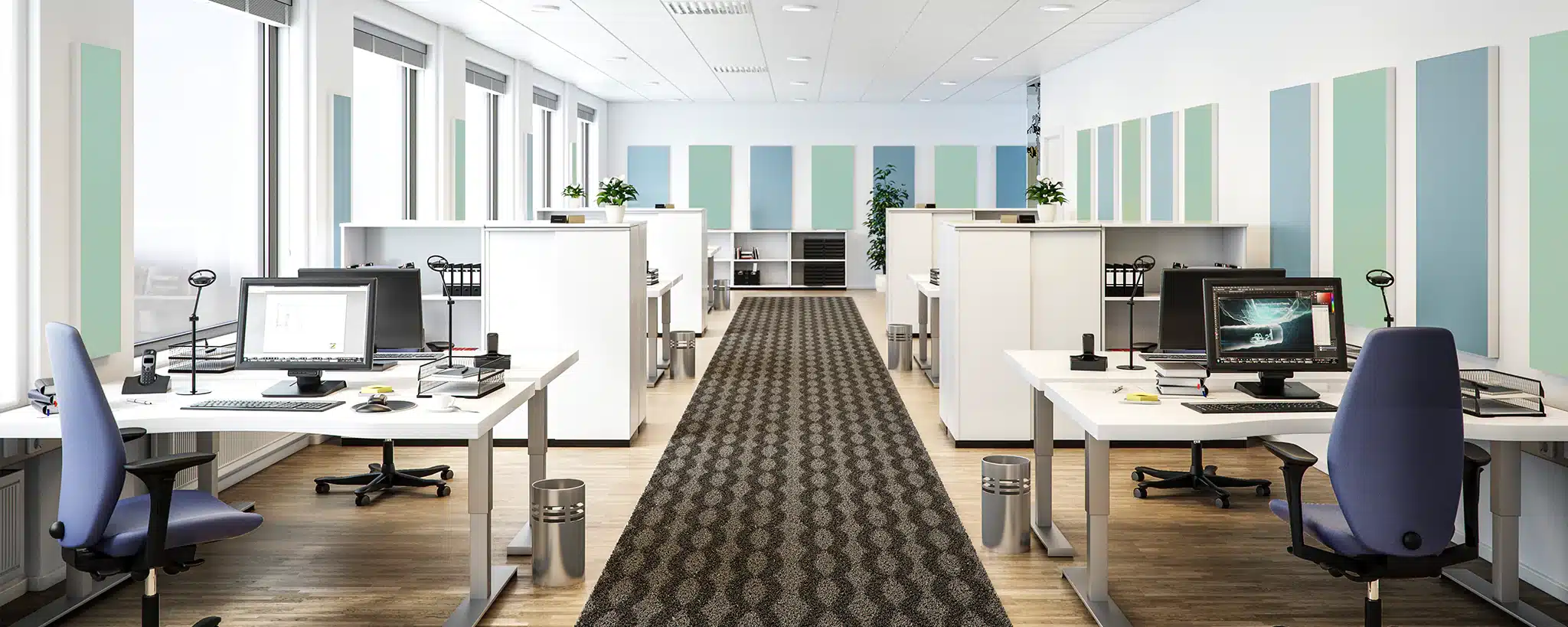One of the biggest distractions at work is noise. The constant noise can result in decreased productivity, elevated stress levels, and even health issues due to loud coworkers and outside traffic. Fortunately, there are many soundproofing options that can support making a workplace that is quieter and more productive. This detailed tutorial will show you how to soundproof your office.
How can soundproofing increase office productivity?
Office productivity can be greatly increased by soundproofing, which can also help to create a peaceful environment. Employees may find it difficult to focus on their work when they are frequently subjected to distracting noises, which can lower productivity and raise stress levels.
Also, it can avoid miscommunications and interruptions at work, two main causes of lost productivity. These interruptions, such as the sound of a conversation between coworkers or the noise from a nearby construction site, can interfere with employees’ concentration and cause them to lose focus. Conference calls can be disrupted by office noise, which also makes it more difficult to connect remotely with coworkers and clients.
Hence, soundproofing can aid in enhancing teamwork and communication among coworkers. Noise can significantly impede good communication and collaboration in an open-plan office. Employees can have private chats without being concerned about being overheard by others by employing soundproof dividers or installing sound-absorbing materials.
Also, soundproofing contributes to a more pleasant and professional atmosphere for clients and guests. Clients could not have a positive first impression if they are forced to operate in a noisy, disorderly environment.
How sound propagates
In order to locate the source of noise and execute soundproofing measures, it is necessary to understand how sound travels. Vibrations are the source of soundwaves, which undergo a series of compressions and rarefactions as they move through the air or other materials.
A pressure wave is generated when a sound is made and it moves through the atmosphere. By causing the air molecules to oscillate, this wave generates high-pressure (compressions) and low-pressure zones (rarefactions). Like a wave, these pressure variations continue to propagate throughout the atmosphere.
This soundwave can either be absorbed, reflected, or transmitted when it comes into contact with a surface like a wall or ceiling. Absorption happens when a thing takes in the energy of a soundwave and transforms it into heat. Acoustic panels or drapes, for example, which are made to absorb sound waves, may cause this.
Reflection happens when a soundwave bounces off a surface, much like how light does when it hits a mirror. Hard materials like concrete walls or glass windows, which reflect soundwaves and cause them to bounce about the space, might cause this to occur.
When a soundwave travels through an obstruction, like a door or a thin wall, transmission takes place. When the substance isn’t dense enough to reflect or absorb the soundwave, this can happen. For instance, a solid-core door would be better at preventing sound than a hollow-core door because sound can readily pass through the latter.
Moreover, sound can pass through ducts, ventilation systems, and gaps surrounding doors and windows. This is why it’s crucial to locate any potential noise sources before putting soundproofing measures in place.
The optimal soundproofing options for your office space must be determined by having a thorough understanding of how sound moves through space.
How to acoustically seal your office
Determine the Noise’s Source
It’s crucial to pinpoint the noise’s source before you begin soundproofing. Is it coming from inside the office area, or is it coming from outside the building? Consider adding noise barriers, such as thick curtains or drapes, or installing soundproof windows if the noise is coming from outside. If the source of the noise is inside the office, you might want to think about installing soundproofing to the walls, ceiling, or flooring.
Use acoustic paneling
Office areas can be soundproofed by installing acoustic panels or soundproofing board. These panels are comprised of sound-absorbing materials like foam or fiberglass. They come in a variety of sizes and forms and are simple to mount on walls or ceilings. Large areas like conference rooms or open-plan workplaces might benefit greatly from the use of acoustic panels.
Install soundproof blinds or curtains
Using soundproof drapes or blinds is another way to insulate windows from noise. These are specialized noise-cancelling devices that can be especially effective at reducing traffic noise. For further insulation, they can also be used in conjunction with soundproof windows.
Include rugs or carpets
Adding carpets or rugs can assist lower the sound level because noisy surfaces like concrete or wood floors can intensify sound. These substances dampen sound and can be especially useful in busy spaces like corridors or lobbies.
Close Air Leaks
It’s critical to seal any holes or cracks in the structure since air leaks can cause sound to pass through walls and ceilings. This can be accomplished by using acoustic sealant around electrical outlets or light fixtures, caulking or weatherstripping around doors and windows, or both.
Use acoustical partitions.
Soundproof walls are an excellent option if you need to separate private spaces within an open-plan office. They are meant to absorb sound and lower noise levels; they can be constructed of materials like glass or fabric.
Think about White Noise
Distracting sounds in the office can be effectively hidden by white noise. A white noise generator or a phone app can help you do this. White noise blocks out other noises in the environment by continuously providing a calming sound.
Conclusion
Noise pollution is a major concern for many firms in today’s hectic workplace. Noise can be irritating and distracting, which can lower productivity and increase staff turnover. You may make your workplace space more productive and less stressful for your staff by investing in soundproofing solutions.
In order to lower noise levels, soundproofing your office requires locating the noise sources and installing the necessary soundproofing materials. Soundproofing could entail installing soundproof walls or barriers to stop sound from escaping, acoustic panels or drapes to absorb sound, or white noise machines to cover up obnoxious noise.
Your staff will be able to work more efficiently, communicate more clearly, and collaborate more easily if you lower the noise level in your office. A more peaceful work environment can also result in higher job satisfaction and lower stress levels, which can enhance employee retention and lower absenteeism.
Moreover, soundproofing can raise the standard of your business as a whole. A professional and welcoming environment can be created with a well-designed and well-implemented soundproofing system, which improves the company’s reputation and image. Also, it can improve the workplace’s appeal to clients and visitors who might be turned off by a busy and chaotic setting.
In conclusion, soundproofing your office space is an investment in the quality, employee satisfaction, and productivity of your company as a whole. You may considerably lower noise levels and enhance the general quality of your workplace by locating the sources of noise and installing the proper soundproofing materials. This may result in a staff that is happier, healthier, and more effective, and eventually, a more prosperous company.







